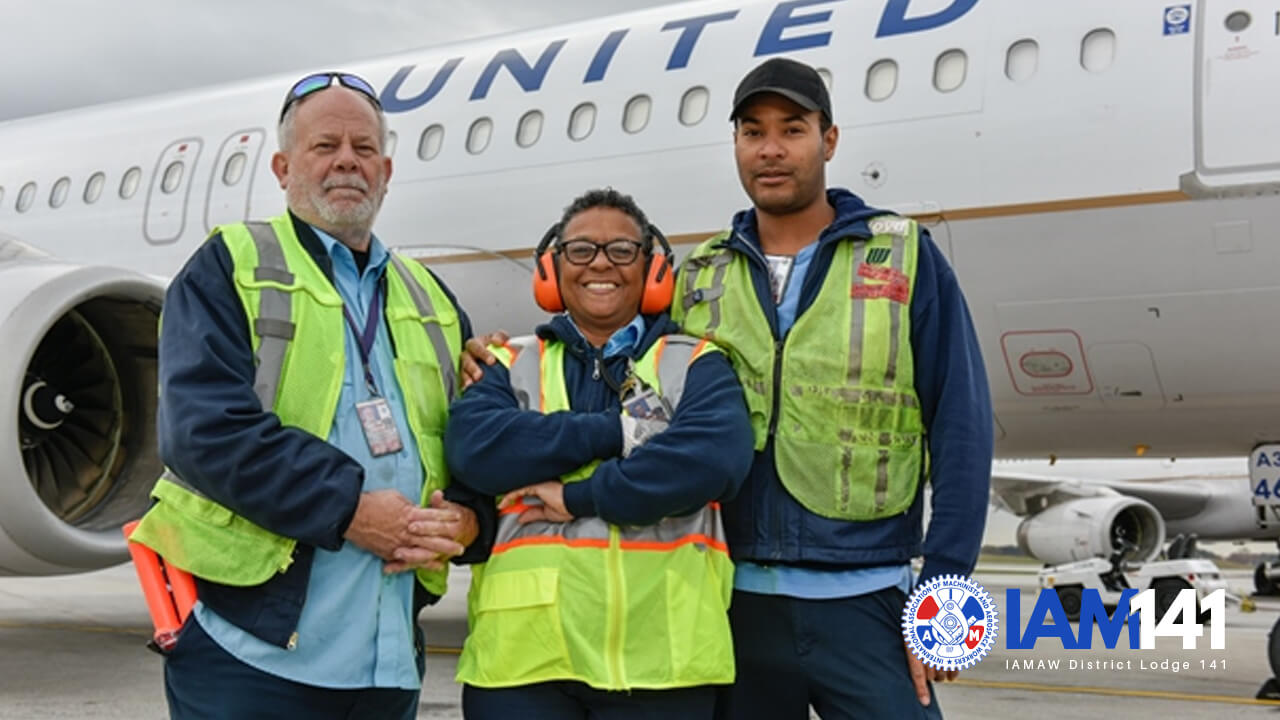
by Eric Price | Dec 17, 2018 | Airlines, American, Hawaiian, Home, Philippine, Spirit, United
IAM141 Members are Paid More. Again. Download Union contracts protect paychecks. While millions of America’s non-union workers watch their take-home pay shrink due to increasing health care costs and wage stagnation, IAM members at our nation’s airlines are...

by Eric Price | Dec 17, 2018 | Airlines, Home, United
The Answer to Wage Stagnation: Unions. Download Union Workers are Making More. Increasing numbers of American workers have stagnant wages, less secure employment, and fewer rights at work, according to data released by the Pew Research Center. But not all workers are...




